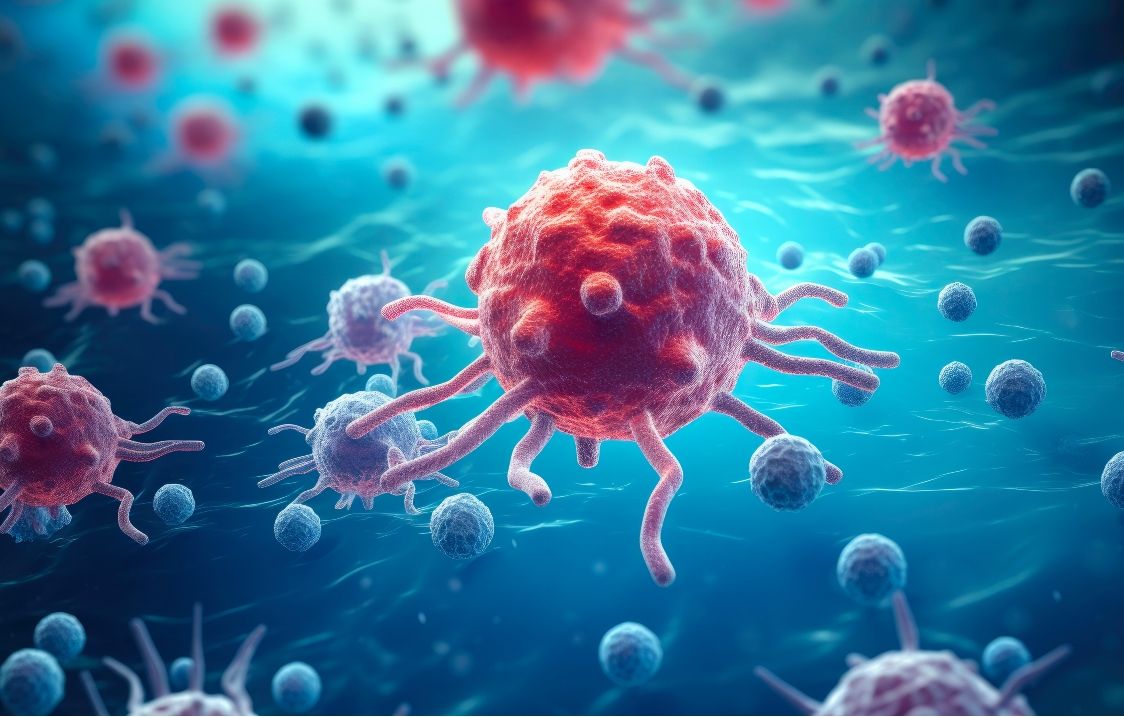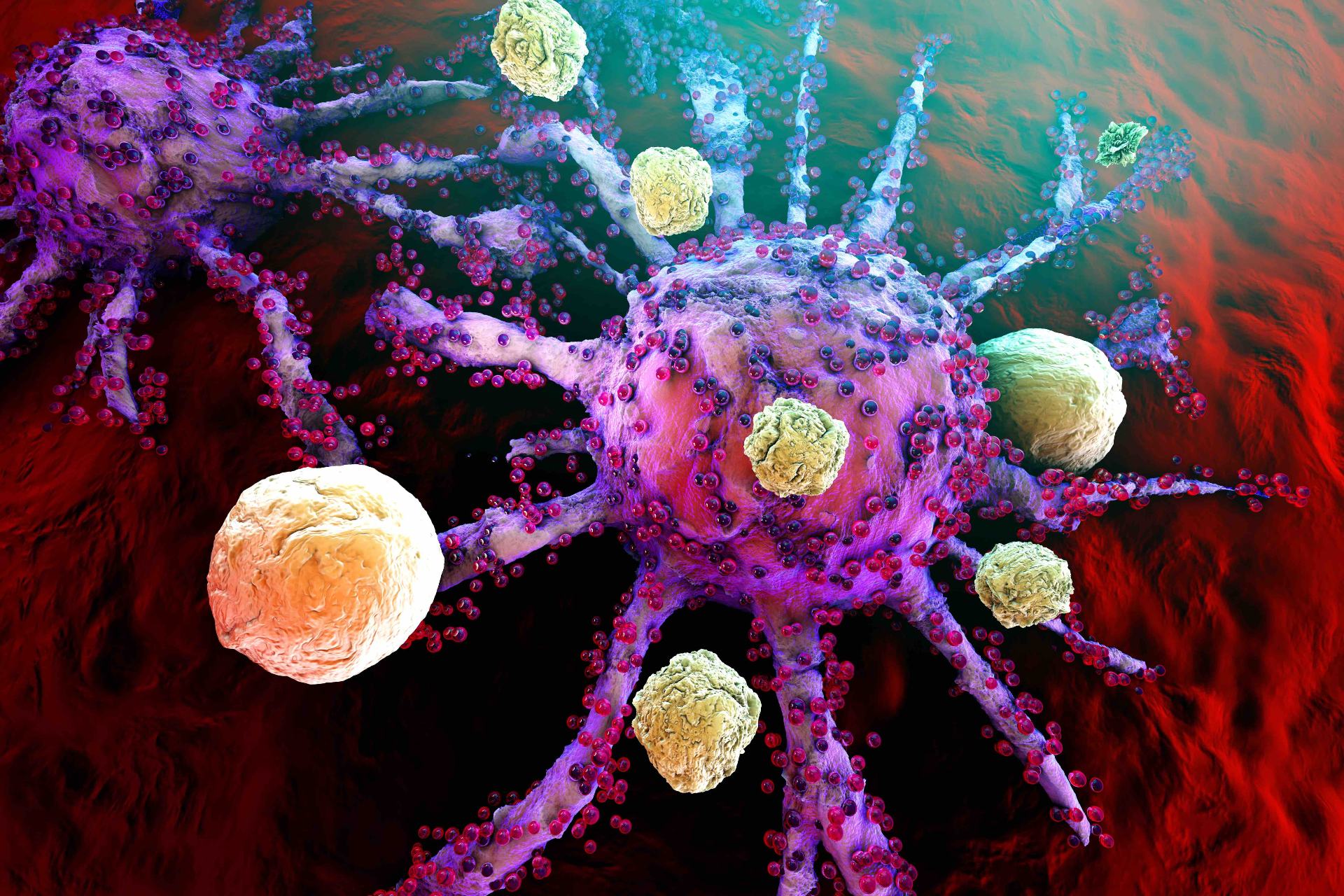Article
Adding Daratumumab to Carfilzomib, Dexamethasone Improves PFS In Relapsed/Refractory Multiple Myeloma
Author(s):
Although survival rates for multiple myeloma have improved as treatment options have increased, the disease remains incurable, and many patients stop current agents such as lenalidomide or bortezomib due to toxicity. Results of CANDOR involving a triple therapy were presented Tuesday at the 61st American Society of Hematology Annual Meeting and Exposition in Orlando, Florida.
Using the monoclonal antibody daratumumab with carfilzomib and dexamethasone boosts survival benefits for patients with relapsed or refractory multiple myeloma (RRMM), including those who have taken lenalidomide, according to findings from CANDOR, a phase 3 study presented Tuesday at the 61st American Society of Hematology (ASH) Annual Meeting and Exposition in Orlando, Florida.
The triple therapy combination led to a 37% reduction in the risk of disease progression or death compared those taking carfilzomib and dexamethasone alone. Carfilzomib, a selective proteasome inhibitor, is sold as Kyprolis by Amgen; a once-weekly combination with dexamethasone was approved in RRMM in October 2018. Amgen funded CANDOR.
Although survival rates for multiple myeloma have improved as treatment options have increased, the disease remains incurable, and many patients stop current agents such as lenalidomide or bortezomib due to toxicity. Thus, finding new therapies or combinations is a priority, according to Saad Z. Usmani, MD, of Atrium Health, lead author of the CANDOR study.
“The majority of patients have disease progression on lenalidomide and, of the 6 treatment combinations that are currently approved in this setting, 4 have lenalidomide as part of their treatment combination,” Usmani said in a statement. “It makes little sense to re-challenge a patient with something they are progressing on just by adding other drugs. So, there is a need for novel therapeutic options for patients with multiple myeloma who have relapsed or are refractory to lenalidomide-based treatments.”
CANDOR is a phase 3, open-label trial in which 466 patients treated with 1-3 prior therapies were randomized 2:1 to receive the the triple combination (KdD) or carfilzomib and dexamethasone (Kd). In an earlier phase I study, investigators found that adding daratumumab improves survival in RRMM. Daratumumab (Darxalex, Janssen), targets CD38, causing cell death.
Results showed the following:
- After median follow-up of 17 months, median PFS had not been reached for KdD, while median PFS was 15.8 months for Kd; hazard ratio (HR) 0.63 (95% CI, 0.46-0.85, P = .0014).
- At this point, Usmani said there are no differences in overall survival.
- The triple therapy patients had a better overall response rate (ORR), or 84.3% compared with 74.7% for Kd.
- Complete response rates were 28.5% for KdD vs 10.4% for Kd.
- Rates of undetectable minimal residual disease (MRD) at 12 months were 12.5% for KdD vs 1.3%.
- Patients on triple therapy were in treatment for 70.1 weeks, compared with 40.3 weeks for Kd.
Patients in CANDOR had a median age of 64 years; 42.3% previously had lenalidomide therapies, and 90.3% regimens with bortezomib. In a press briefing, Usmani pointed out results for those previously treated with lenalidomide. “This is perhaps one of the more important subgroups,” he said.
In patients with prior lenalidomide exposure, the median PFS was not reached in the triple therapy group, while it was 12.1 months for the Kd group (HR 0.52, 95% CI 0.34-80). Among patients who were lenalidomide refractory, median PFS for the triple therapy group was not reached; it was 11.1 months for the Kd group (HR 0.45, 95% CI, 0.28-74).
“So, the PFS benefit was maintained not just in other subgroups, but in these 2 clinically meaningful subgroups as well," Usmani said.
Patients in the triple therapy group had higher rates of serious adverse events (AEs), including 5 treatment-related deaths due to pneumonia, sepsis, septic shock infection, and cardiac arrest. The most common AEs were thrombocytopenia, anemia, diarrhea, hypertension, upper respiratory tract infection, fatigue, and shortness of breath. Investigators reported cardiac events in 5% to 8% of patients, consistent with prior studies, but heart failure was lower in the triple therapy group.
In a statement, Usmani pointed out that multiple myeloma is heterogenous disease, so multiple treatment options are needed to address different patient needs. “Even within a single patient we see many different clones, at an average of 10-15 clones at the time of diagnosis—so if you want optimal disease control you have to target different mechanisms of action to control the disease more effectively.”
Reference
Usmani SZ, Quach H, Mateos MV, et al. Carfilzomib, dexamethasone, and daratumumab versus carfilzomib and dexamethasone for the treatment of patients with relapsed or refractory multiple myeloma (RRMM): primary analysis results from the randomized, open-label, phase 3 study CANDOR. Presented at the 61st American Society of Hematology Annual Meeting and Exposition; Orlando, Florida; December 7-10, 2019; Abstract LBA-6. ash.confex.com/ash/2019/webprogram/Paper132629.html.





